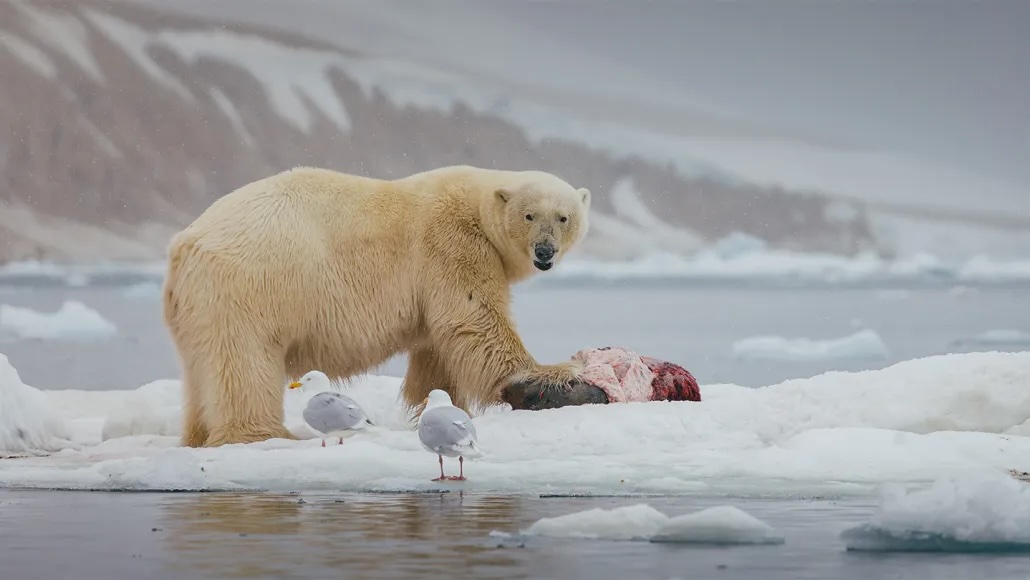
Animals
Polar bears leave thousands of tons of food scraps for other species
The new finding quantifies how much of polar bears' food goes uneaten. As these bears decline, Arctic scavengers risk losing a critical food source.
Come explore with us!

The new finding quantifies how much of polar bears' food goes uneaten. As these bears decline, Arctic scavengers risk losing a critical food source.

Other snake species, however, can also attack at amazingly fast speeds, giving stiff competition to some of the slower vipers.

Simple chemistry could give the reindeer his iconic red snout. But physics would make it look different colors to anyone who spied Rudolph from the ground.

Liquid from the African tulip tree may keep ant invaders out of hives without harming honeybees.

From fluorescent ferns to sprawling neurons, the 2025 Nikon Small World contest showcased the artistry of life as seen through a microscope.

Among dogs known to be gifted word learners, some can also sort toys by how they are used during play time. It’s one sign of a complex thought process.

Based on the Greek words for theft and hair, kleptotrichy is a more common bird behavior than people thought.

In light-polluted areas, birds spend an average of 50 minutes more per day singing. It’s unclear how that extra time might hurt or help the birds.

For ants, teamwork makes the dream work. For humans, teamwork can be a trip-up.

Sensor data reveal greater noctule bats chasing, catching and chewing on birds during nighttime hunts.